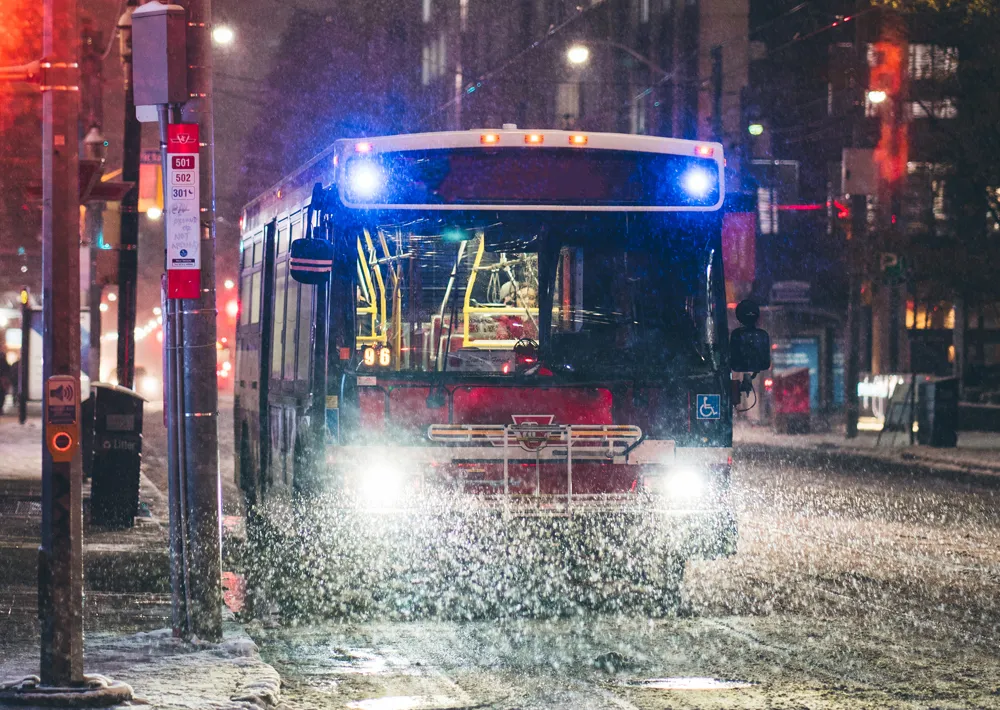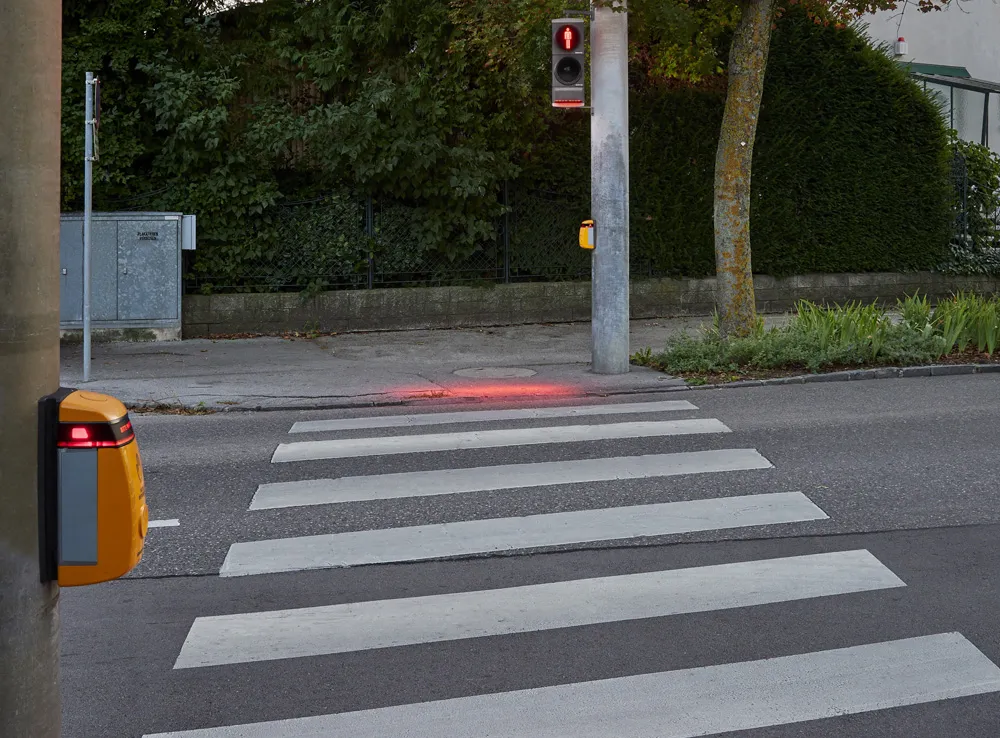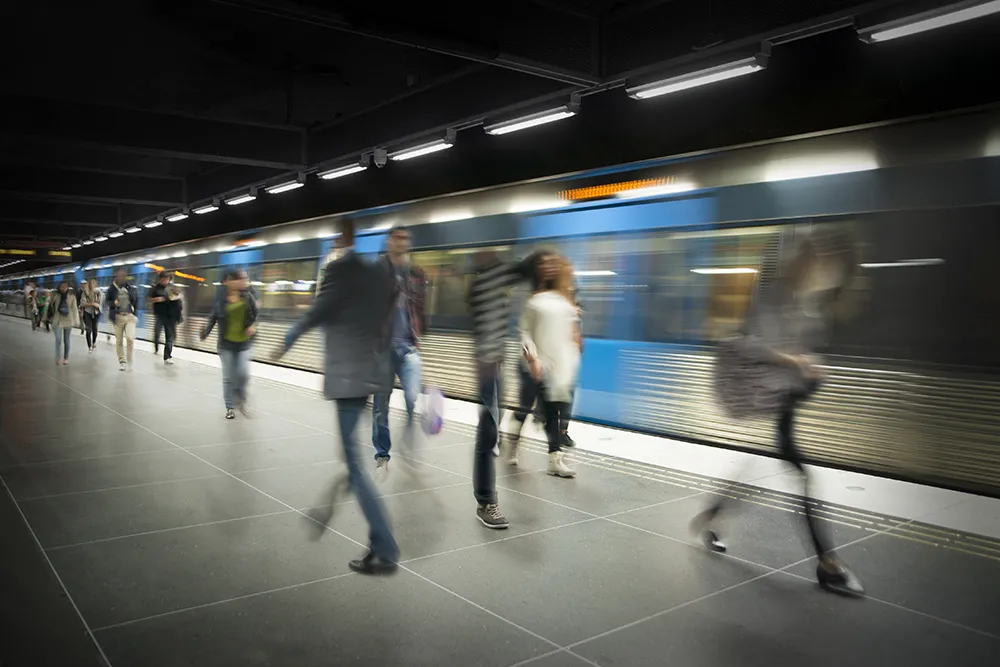
While northern hemisphere countries are entering warm, summer months, many urban transit authorities are looking ahead to prepare their fleets for winter conditions. With good reason: winter storms deliver a dual punch of ice and snow to metropolitan areas that seriously decreases safety for those out on the roads and causes disruption to bus, light rail, tram, train services, public works vehicles and trucks.
Jason Meyers is senior account manager for JW Speaker, the world’s leading developer of innovative, high-performance vehicular lighting solutions for OEM and aftermarket customers around the world. The company specialises in LED and other emerging lighting technologies and has a range of products that lessen the challenge of unsafe driving conditions during winter storms. According to the Federal Highway Administration, snow and ice are responsible for 13% of weather-related fatalities, 14% of weather-related injuries, and 18% of weather-related crashes.
 “For more than 130 years, vehicle lighting has been used to help drivers see — and be seen,” Meyers observes. “So why are most of today’s lighting systems inadequate when visibility is needed the most to ensure safety? More than 70% of US roads are located in regions where it snows — and about 70% of the US population lives in these snowy regions."
“For more than 130 years, vehicle lighting has been used to help drivers see — and be seen,” Meyers observes. “So why are most of today’s lighting systems inadequate when visibility is needed the most to ensure safety? More than 70% of US roads are located in regions where it snows — and about 70% of the US population lives in these snowy regions."
Vehicle designers and manufacturers of transit buses, light rail, rail, and trucks have introduced a wide range of innovative features — including all-wheel drive, anti-lock brakes, heated steering wheels and more — to improve the driving experience in cold, inclement weather.
But, as Meyers highlights, none of them solve an age-old safety concern for winter drivers — sleet- and snow-covered lights that diminish visibility. Stronger or brighter conventional halogen vehicle lights are not the answer: smarter, technologically advanced LED headlights, taillights, and specialty lights with SmartHeat technology are. That’s because they automatically eliminate condensation, de-ice and remove snow from the lens surface, all without driver interaction.
“Our new SmartHeat technology improves visibility as well as the ability to be seen in tough wintery conditions, making it safer and more comfortable for the driver,” says Meyers. “For transportation managers and public works departments, the technology exists now to substantially improve safety measures for public transit and snow removal vehicles.”
Improving safety automatically
About a decade ago, high-quality and brilliantly designed LED headlights flooded the market. Industry insiders project that up to 75% of all vehicle headlights will be LED within the next couple of decades as drivers seek safer standard features. Importantly, today’s LED lighting systems are also smarter, which makes them safer. The best example of this is SmartHeat technology. This innovative system is an intelligent automation technology that de-ices LEDs automatically without driver intervention to improve visibility. When transportation and public works departments are preparing transit and snow removal fleets for winter months, upfitting their existing vehicles with LED lights that have SmartHeat technology incorporated into the lens provides an immediate safety upgrade for relative minimal investment.
 The integrated lens heating technology in SmartHeat LED heated headlights, taillights and specialty lights automatically de-ices the lens twice as fast as other lights in snow, sleet or icy conditions. The result is that transit drivers and passengers can stay on schedule and out of harm’s way.
The integrated lens heating technology in SmartHeat LED heated headlights, taillights and specialty lights automatically de-ices the lens twice as fast as other lights in snow, sleet or icy conditions. The result is that transit drivers and passengers can stay on schedule and out of harm’s way.
“It can take vehicles up to 10 times longer to stop when driving on icy or snowy roads,” says Meyers. “Considering that there are fewer daytime hours in winter, combined with inclement weather, why wouldn’t urban transportation departments be actively exploring technologies that demonstrate the most advanced solutions for improving winter- and night-time visibility?”
Transit drivers in snowy regions can regularly experience conditions that result in completely covered headlights and taillights, hindering visibility. Snow and ice, heavy falling snow, sleet and freezing rain becomes a hazard for drivers, even at slow speed, and can accumulate quickly on surfaces, including headlights and taillights, significantly compromising performance and increasing the probability of an accident. Swapping out halogen-based headlights and taillights with heated LEDs delivers an immediate safety benefit. Moreover, one that is incredibly cost efficient.
Smartheat: A 'must-have' safety feature for all vehicles
The proprietary technology of the SmartHeat LED Lighting System includes an electrically-conductive grid system molded into the lens during the manufacturing process that provides heat automatically to eliminate snow and ice. The SmartHeat technology is activated automatically only during cold or wintry conditions, without any interaction required by the driver. An internal sensor is designed into the circuit board and used to monitor ambient temperature. While the vehicle is being driven, the electrically conducted grid self-activates when the low temperature threshold is reached, emitting heat to the lens automatically. Once the ice has melted and the light has warmed up to meet the high temperature threshold, the SmartHeat grid system will automatically turn off. In extreme temperatures facing constant cold and snowy conditions, the SmartHeat grid system will continue to stay on, preventing ice and snow from building on the lens of the light, making driving safer.

“Seat belts and windshield wipers are ubiquitous safety features today, but they were novel enhancements decades ago,” says Meyers. “Likewise, I predict that SmartHeat technology — which directly improves driver visibility and overall safety — is likely to become one of the signature standard safety features of vehicles for the foreseeable future. And it is easy to understand why: we set out to give on-road drivers the ability to power through extreme temperatures when investing in quality LED lighting. We are proud that our new SmartHeat technology improves visibility as well as the ability to be seen in tough wintery conditions, making it safer and more comfortable for the driver.”
A legacy of innovation
The proprietary technology of SmartHeat was introduced to the vehicle market by US based JW Speaker Corporation, technology leaders in LED lighting systems. The technology behind SmartHeat enables widespread use of brighter, longer-lasting LED lighting all winter long and is designed to use less power than halogen lighting systems for a more efficient result. This helps transportation and public works departments as well as fleets to improve their utilisation and productivity while enhancing the ability to see and be seen on the road, thus ensuring safety and comfort.
Sponsored content produced in association with JW Speaker










